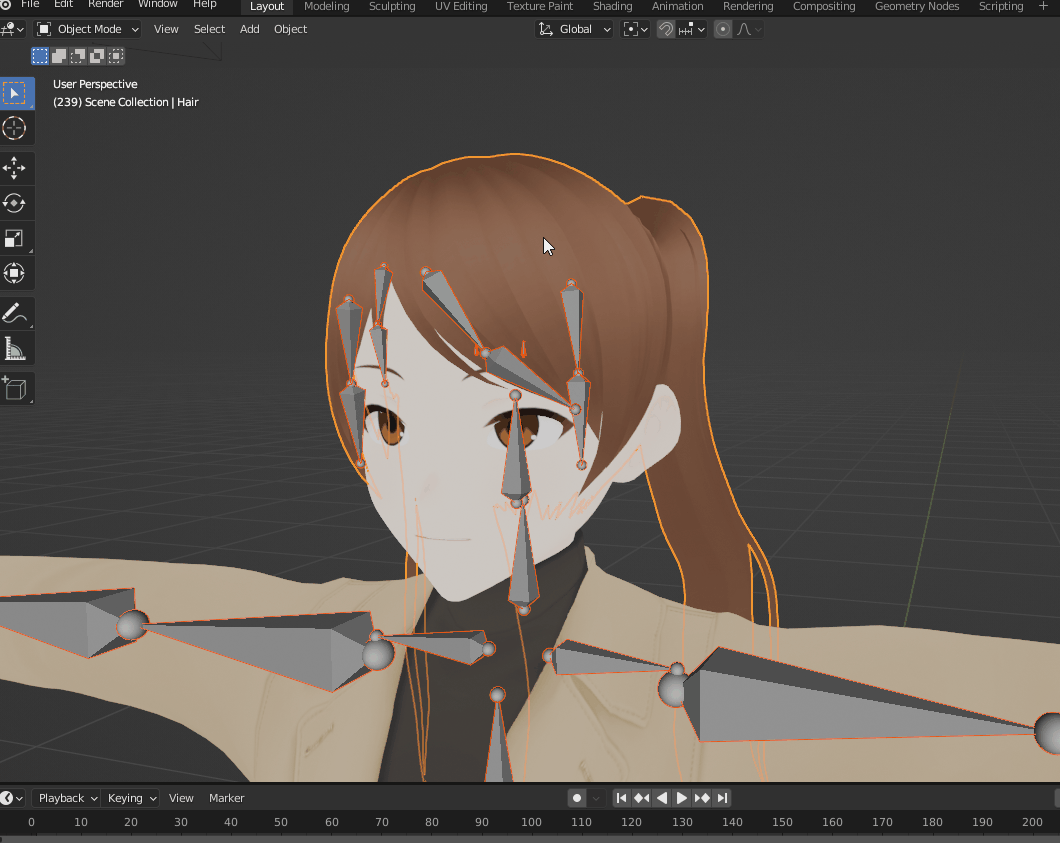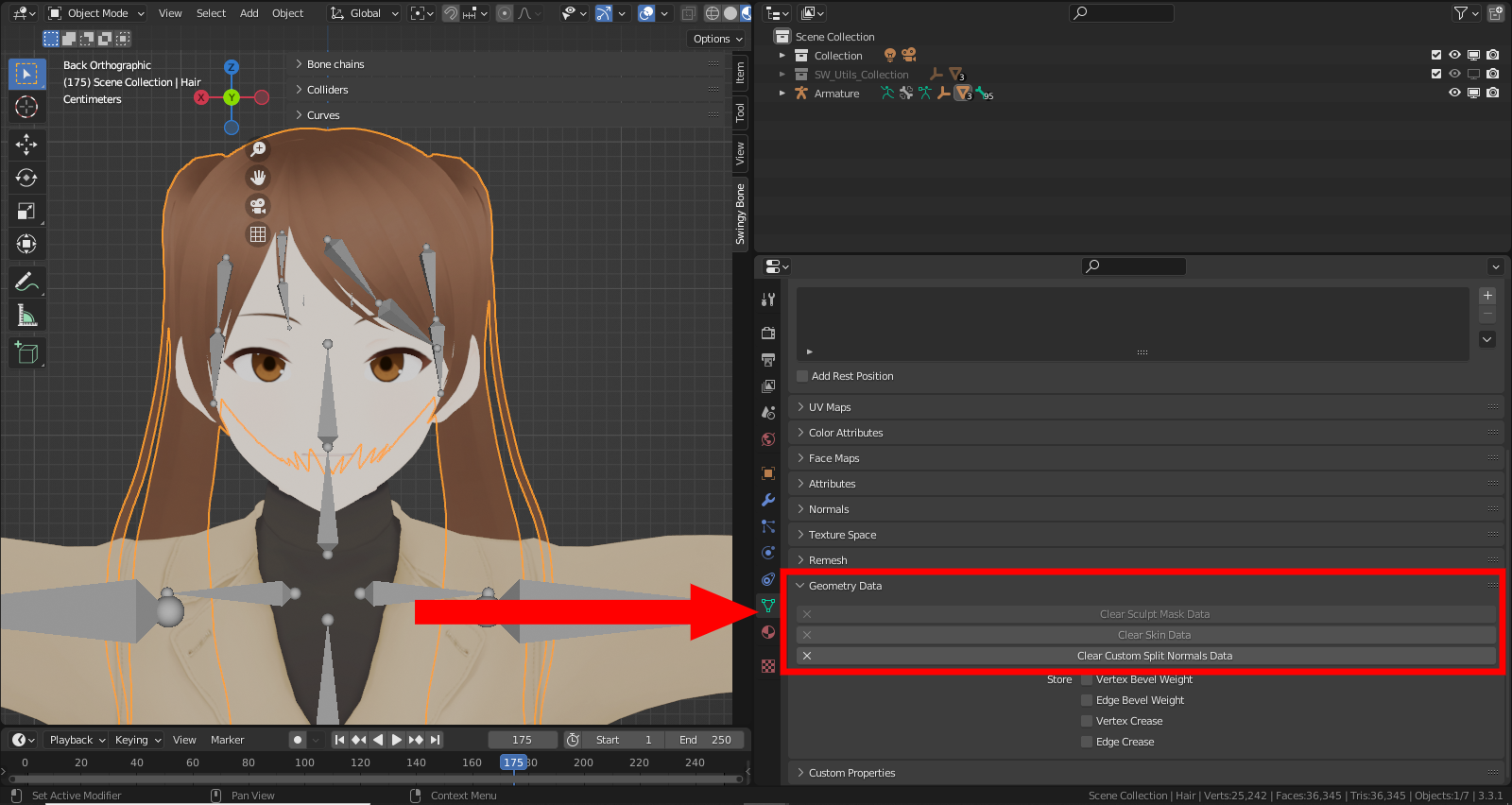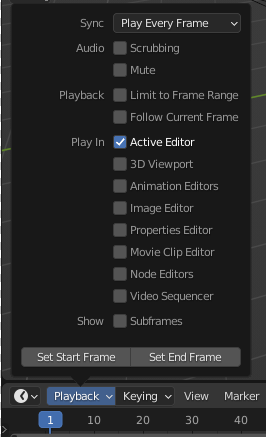Performance tips
When working with complex models, the extra simulation computation may make the viewport less responsive. The following tips can be used to improve the playback FPS.
General tips
- All general tips to improve the playback FPS apply here, check out this list for some examples: https://blender.stackexchange.com/a/14241
- Try to keep your rig clean and optimized (no unnecessary bones, constraints, drivers etc).
- If necessary, make proxy meshes (with lower resolution, simpler modifier stack etc) for very high poly meshes.
You can also try the below tips, which can result in a very notable performance increase depending on your assets.
Disable Autosmooth
Disabling autosmooth for the meshes can have a notable impact on the performance. You can find it under "Object Data Properties -> Normals -> Autosmooth". You can disable it for several meshes at once by selecting them then disabling it for the active mesh while holding the ALT key.
Clean model weights
Sometimes when transferring weights or using auto skinning solutions, you can end up with too many bones influencing some vertices with a negligible weight, which can be very inneficient during computation. You can remove these unnecessary contributions by using the built-in Blender cleaning tool with a low minimum threshold (0.001 for example).
Remove Custom Split Normals Data
Imported meshes from external file formats often have custom normals data, unless absolutely necessary it's best to remove them to improve the computation speed.
Disable Meshes
Hiding meshes you don't need (with the H key or the eye icon in the outliner) doesn't stop Blender from taking them into account when animating. What you want instead is disabling them, using the outliner's icons.
Playback options
When enabling playback, several editors are taken into account by default. You may limit the computation to a single editor by going under the playback options and choosing "Active Editor".




